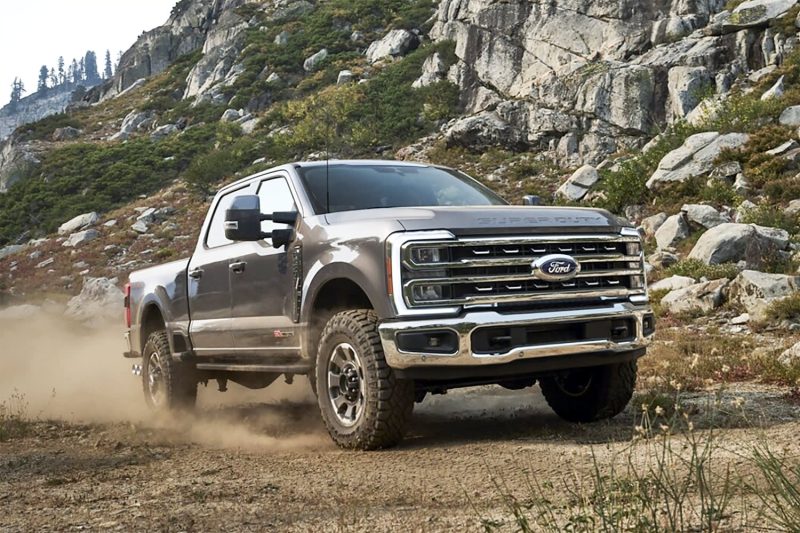Ford Turns Dirty Business into a Profit Driver; GM and Stellantis Are Taking Notice
The automotive industry has long been seen as a major contributor to environmental pollution due to its reliance on fossil fuels and the emission of greenhouse gases. However, Ford has managed to turn this dirty business into a profit driver by embracing sustainability and innovation, leaving competitors such as GM and Stellantis taking notice.
One key strategy that Ford has employed to transform its business is the commitment to reducing its carbon footprint. By investing heavily in electric vehicle (EV) technology and infrastructure, Ford has positioned itself as a leader in the transition towards a more sustainable future. The company’s ambitious goal to achieve carbon neutrality by 2050 is not only a significant step towards environmental stewardship but also a smart business move that appeals to environmentally-conscious consumers.
In addition to electrification efforts, Ford has also focused on implementing sustainable practices across its entire value chain. From sourcing materials responsibly to reducing waste and water usage in manufacturing processes, Ford is setting new standards for sustainability in the automotive industry. These efforts not only help reduce environmental impact but also enhance brand reputation and customer loyalty.
Moreover, Ford’s commitment to sustainability has translated into financial success, with the company’s market value surpassing that of its traditional rivals, GM and Stellantis. Investors are increasingly recognizing the importance of ESG (environmental, social, and governance) factors in determining the long-term viability of companies, and Ford’s proactive approach to sustainability has paid off in terms of attracting investment and driving growth.
Furthermore, Ford’s innovative product offerings, such as the Mustang Mach-E electric SUV and upcoming electric F-150 Lightning pickup truck, have captured the attention of consumers and critics alike. These vehicles not only challenge the notion that electric cars are inferior in performance but also demonstrate Ford’s ability to adapt and thrive in a rapidly changing industry landscape.
As GM and Stellantis watch Ford’s success in leveraging sustainability as a key differentiator in the market, they are starting to take note and follow suit. Both companies have announced ambitious electrification plans and sustainability goals in response to growing consumer demand for environmentally-friendly transportation options. However, Ford’s head start in this area positions it as a formidable competitor and a trendsetter in the industry.
In conclusion, Ford’s transformation of its business from a dirty industry into a profit driver through sustainability and innovation serves as a compelling example for companies looking to thrive in an era of increasing environmental awareness and regulatory scrutiny. By embracing the challenges of climate change and investing in sustainable practices, Ford has not only secured its place as a leader in the automotive industry but also inspired its competitors to follow suit in the race towards a cleaner and more sustainable future.
